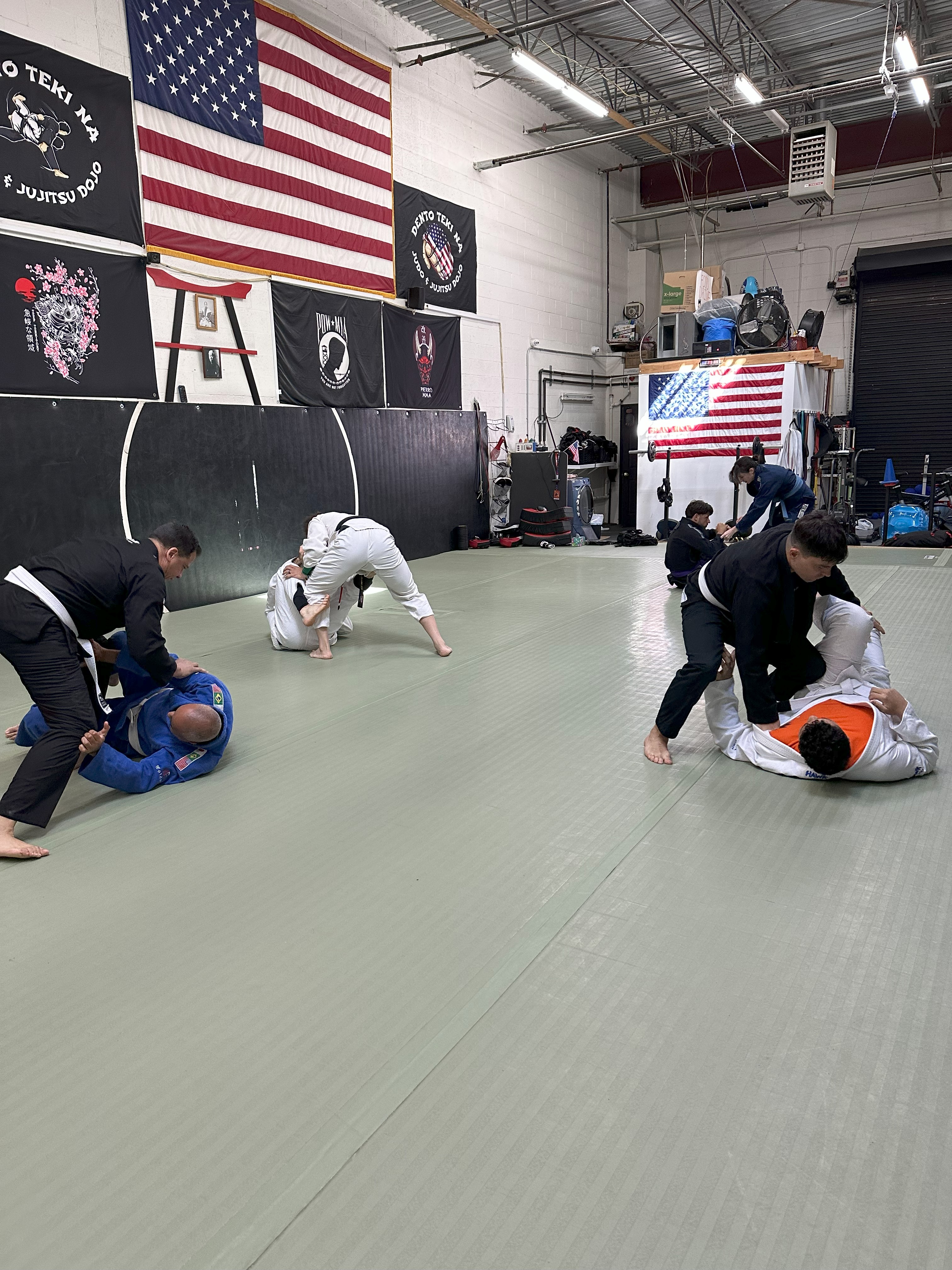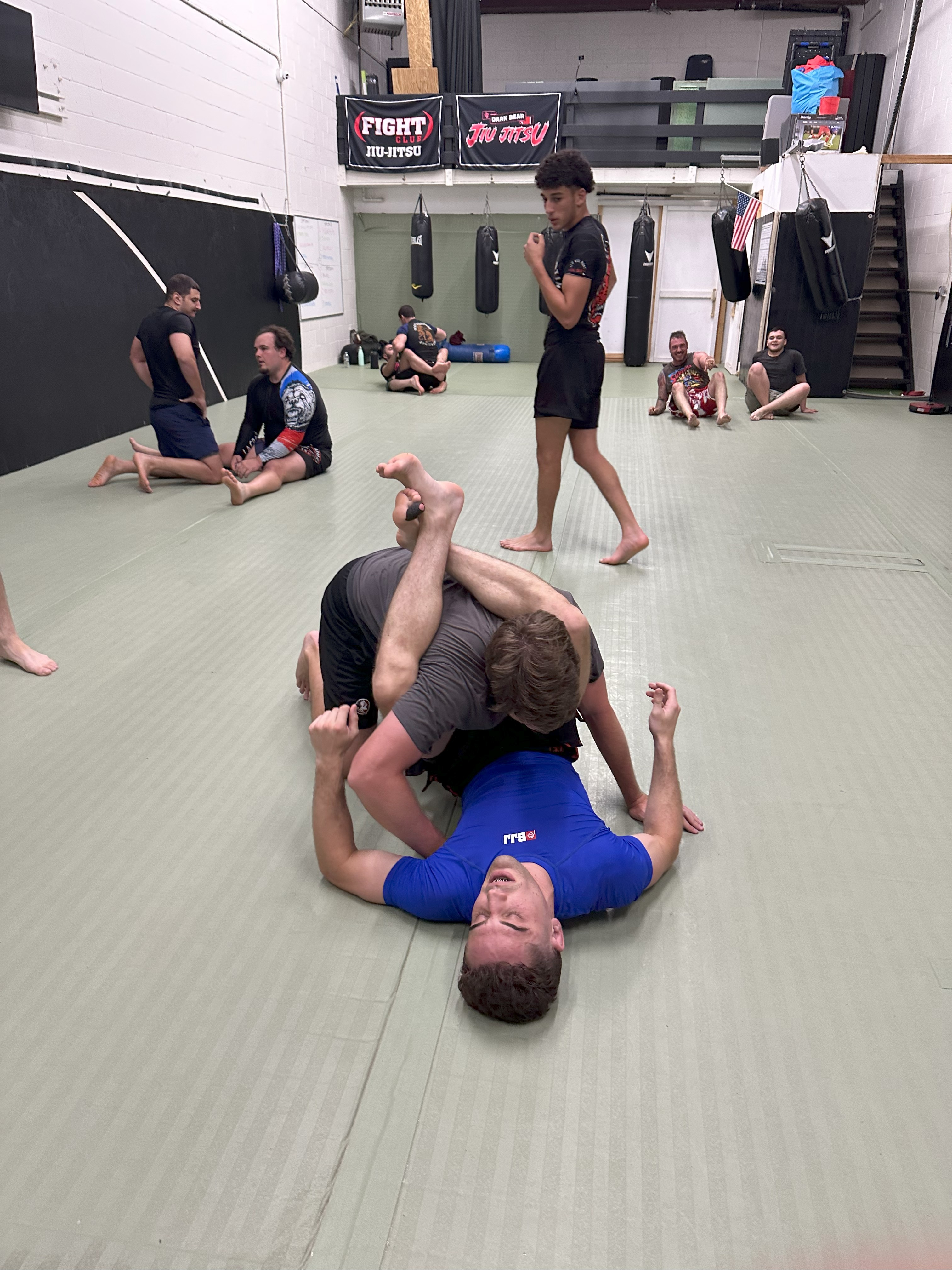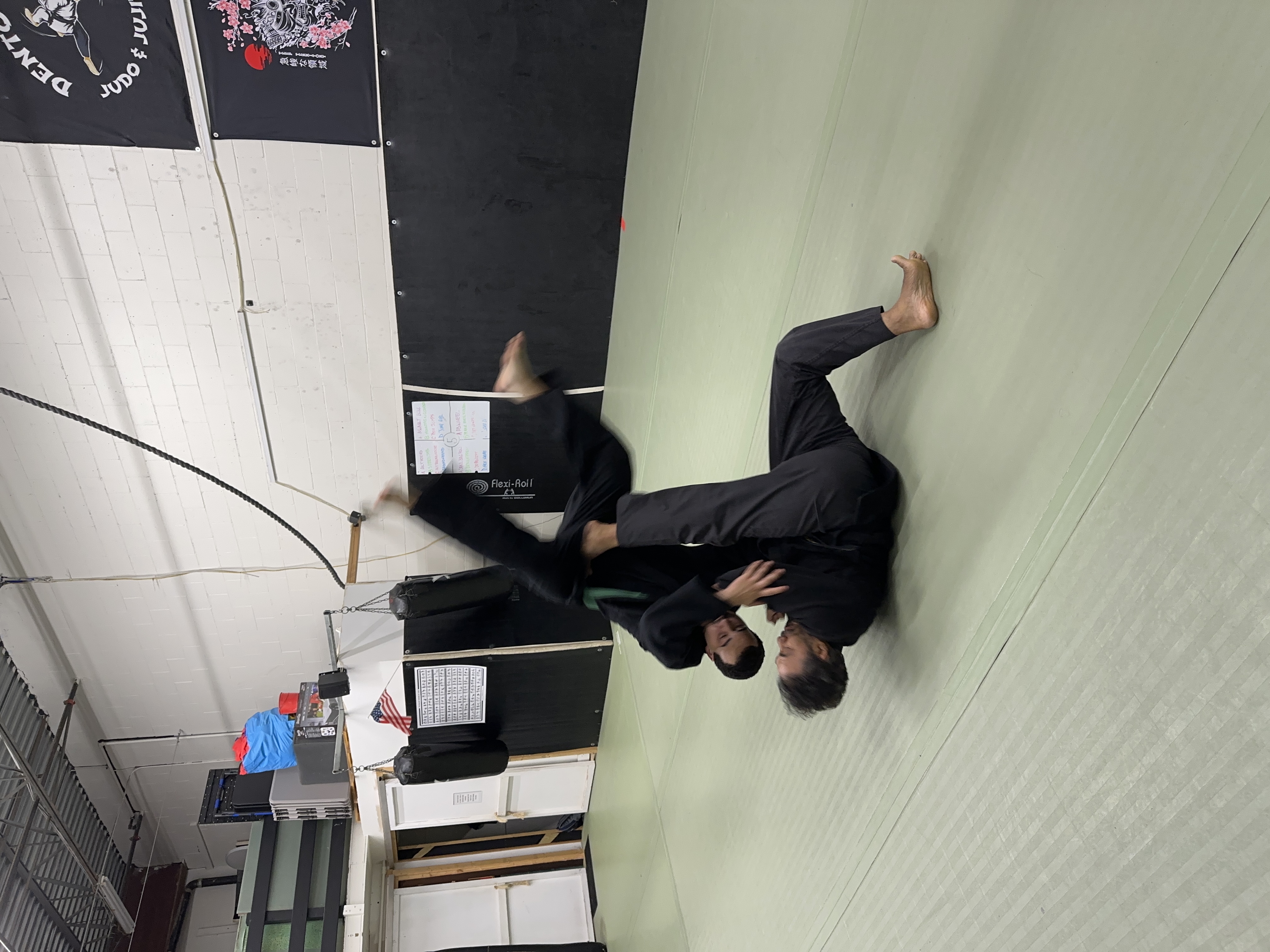

To start, let's break down what Gi and Nogi training actually mean. In Gi training, practitioners wear a traditional kimono-like uniform called a "Gi." The Gi consists of a jacket, pants, and a belt that indicates the practitioner's rank. The fabric of the Gi is durable and allows for grips, which play a significant role in controlling opponents and executing techniques. The presence of the Gi introduces a variety of grip-based techniques and strategies that are unique to this style, including the use of the collar, sleeves, and pants to manipulate an opponent's position.
Nogi training, on the other hand, is done without the traditional uniform. Practitioners usually wear shorts and a rash guard (a compression shirt). Without the Gi, the emphasis shifts to using body positioning and leverage rather than relying on grips. This style is often faster-paced and requires different techniques and strategies. Without the Gi, practitioners must learn to use underhooks and overhooks more effectively and rely on clinches and body positioning to control their opponents. This results in a style that often emphasizes speed, agility, and adaptation to rapidly changing scenarios.
One of the most noticeable differences between Gi and Nogi is the use of grips. In Gi training, practitioners can use the fabric to grab and control their opponents, which can lead to a slower, more strategic game. Techniques such as collar chokes and sleeve grips are unique to Gi training. The ability to grip the Gi allows practitioners to slow down the pace of the match and dictate the terms of engagement, making it a game of chess where each move can be carefully planned and executed.
In contrast, Nogi training lacks these grip options, which means practitioners must rely more on underhooks, overhooks, and clinching to control their opponents. This often results in a faster, more dynamic style of grappling. In Nogi, the absence of grips means that practitioners must be more creative in finding ways to control their opponents, utilizing body movement and positioning to gain an advantage. This often leads to a more fluid and less predictable grappling experience.

The techniques and submissions used in Gi and Nogi also differ. While both styles share a common foundation, certain submissions are more prevalent in one style over the other. For example, lapel chokes and other fabric-based submissions are exclusive to Gi training. These techniques can add an extra layer of complexity to the game, as practitioners must learn to defend against a wider range of submission threats.
In Nogi, practitioners often focus on techniques like heel hooks, leg locks, and guillotines, which are less reliant on grips. The absence of a Gi requires a different approach to submissions and can often lead to more explosive movements. The focus on leg attacks and submissions that don't rely on fabric means that Nogi practitioners develop a distinct set of skills that can be advantageous in situations where a Gi is not present, such as mixed martial arts (MMA) or self-defense scenarios. I would like to point out that in colder weather, everyone is wearing a gi all the time (literally a jacket) and in the warmer months you will see attire that more closely matches nogi.
The pace of training is another key difference between the two styles. Gi training tends to be more methodical, with practitioners taking their time to establish grips and control positions. This can be beneficial for developing patience and precision in techniques. The slower pace allows practitioners to think several steps ahead, planning their next move while maintaining control over their opponent.
Nogi, on the other hand, is generally faster-paced. Without the grips slowing things down, transitions between positions can happen quickly. This can lead to a more cardio-intensive workout and requires quick thinking and adaptability. The fast pace of Nogi can be exhilarating and challenging, pushing practitioners to develop their reflexes and cardiovascular endurance while honing their ability to react to changes in the match dynamically.
Training in Gi can significantly enhance your grip strength. The constant use of grips to control your opponent helps develop strong hands and forearms, which are beneficial in both BJJ and other grappling arts. The repetitive action of gripping and releasing the Gi builds muscle endurance and power in the fingers, hands, and wrists, which can improve performance in both Gi and Nogi environments.
The presence of grips adds another layer of strategy to the game. Practitioners must think about how to use the Gi to their advantage while also defending against their opponent's grips. This can lead to a deeper understanding of positional control and the intricacies of BJJ. The strategic depth of Gi training encourages practitioners to think critically and develop a comprehensive understanding of the art, enhancing their ability to anticipate and counter their opponent's moves.
Gi training allows practitioners to learn and apply traditional BJJ techniques that have been passed down through generations. This can be important for those who want to experience the art in its most classical form. The traditional techniques taught in Gi classes are often seen as the foundation of Brazilian Jiu-Jitsu, providing a historical context and connection to the origins of the sport, which can be deeply rewarding for those who value tradition and lineage.

Nogi training often requires a higher level of athleticism. The fast pace and reliance on body positioning and leverage can improve your overall physical conditioning, agility, and reflexes. Practitioners often notice improvements in their speed, flexibility, and ability to react quickly to changes in a match, which can be beneficial in both competitive and self-defense situations.
Training Nogi can make you more versatile as a grappler. Many techniques learned in Nogi can be adapted to self-defense situations or other martial arts, such as MMA, where grips are not available. The skills developed in Nogi training can translate well into real-world scenarios, making it a practical choice for those interested in applying their grappling skills outside of the gym or dojo.
Without the Gi, practitioners must focus more on body mechanics and leverage. This can lead to a better understanding of how to use your body's natural movements to control and submit your opponent. The emphasis on body mechanics can improve a practitioner's overall grappling ability, as they learn to maximize the efficiency of their movements and use leverage to their advantage, regardless of whether they are wearing a Gi or not.
Ultimately, the decision between Gi and Nogi training comes down to personal preference and goals. Here are a few factors to consider when making your choice:
If your goal is to compete in traditional BJJ tournaments, Gi training might be more suitable, as it includes techniques specific to the Gi. However, if you're interested in submission grappling or MMA, Nogi training could be more relevant. Consider what you hope to achieve through your training, whether it's competition success, self-defense proficiency, or personal development, and choose the style that aligns best with those objectives.
Consider the availability of classes and training partners for each style at your gym. Our school has individuals who focus on both Gi and Nogi so no matter what your interest is, we have an expert leading the class.
Finally, consider which style you enjoy more. Training should be something you look forward to, so choose the style that keeps you engaged and excited to learn. Enjoyment can be a significant factor in maintaining motivation and consistency in your training, leading to long-term success and satisfaction in your BJJ journey. Try both and see which is more fun and gets you closer to your goals. I personally enjoy the Gi more because I like the extra options the Gi affords, but sometimes I just want to be a little more free in my movements so I will train NoGi as well.
Both Gi and Nogi styles offer unique challenges and benefits, and the best choice depends on your individual goals and preferences. Whether you choose to train in Gi, Nogi, or both, the most important thing is to stay committed and continue learning. Embrace the journey of Brazilian Jiu-Jitsu and enjoy the growth that comes with it. Remember, the art of BJJ is about continuous improvement and adaptation, so be open to exploring both styles and discovering the aspects that resonate most with you.